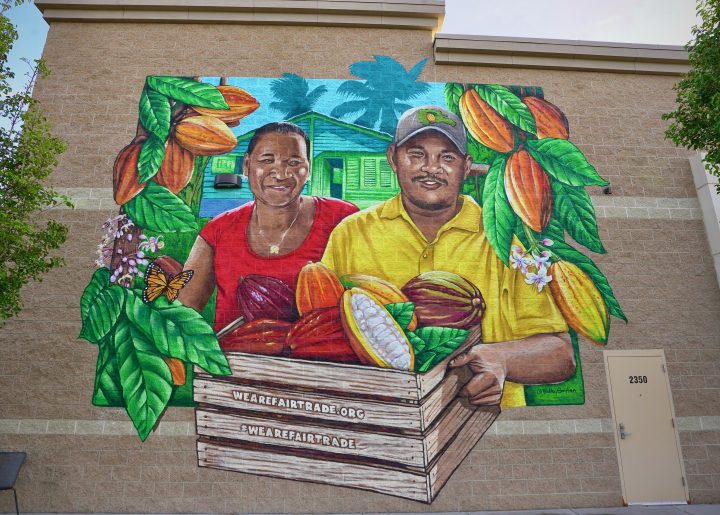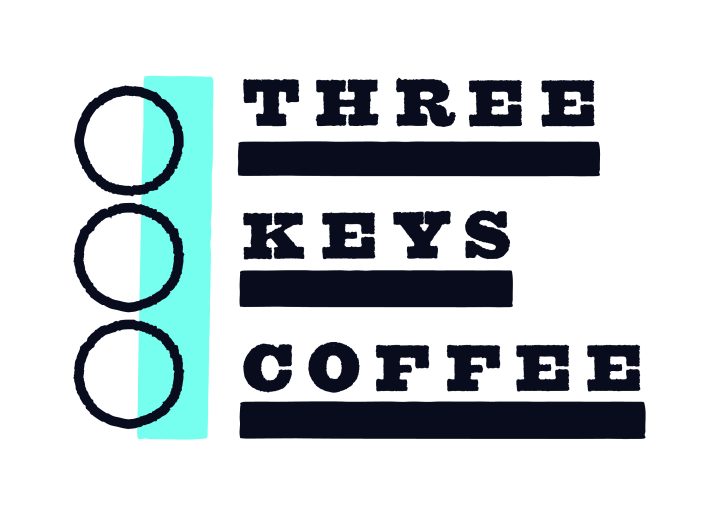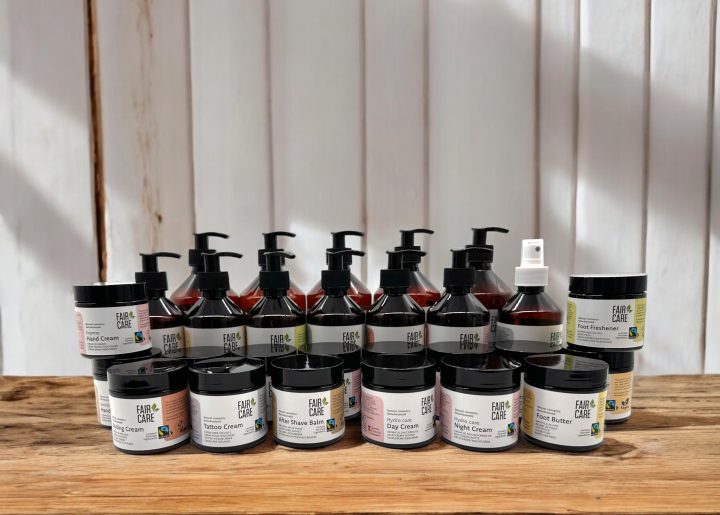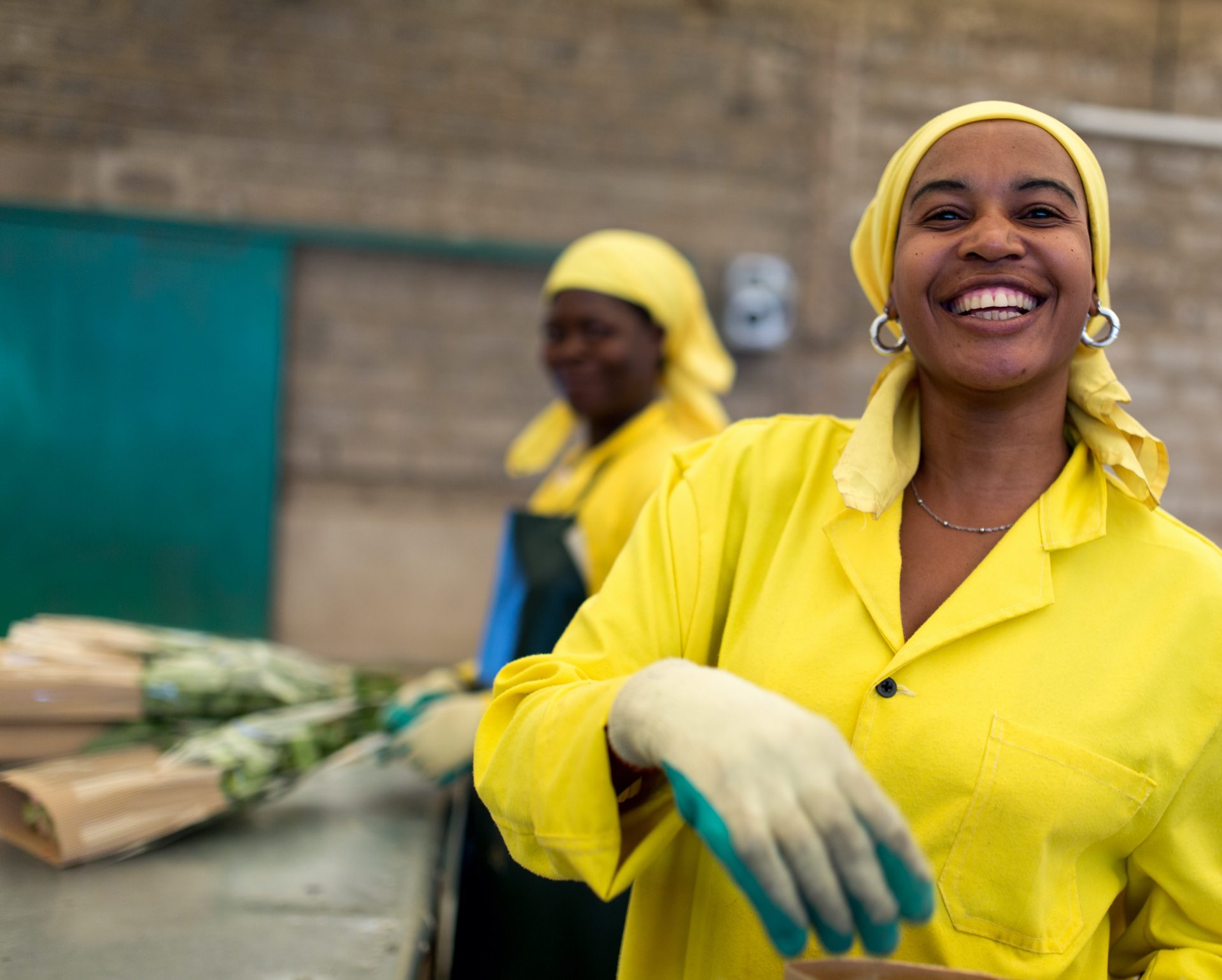How Fairtrade Helps End Human Trafficking
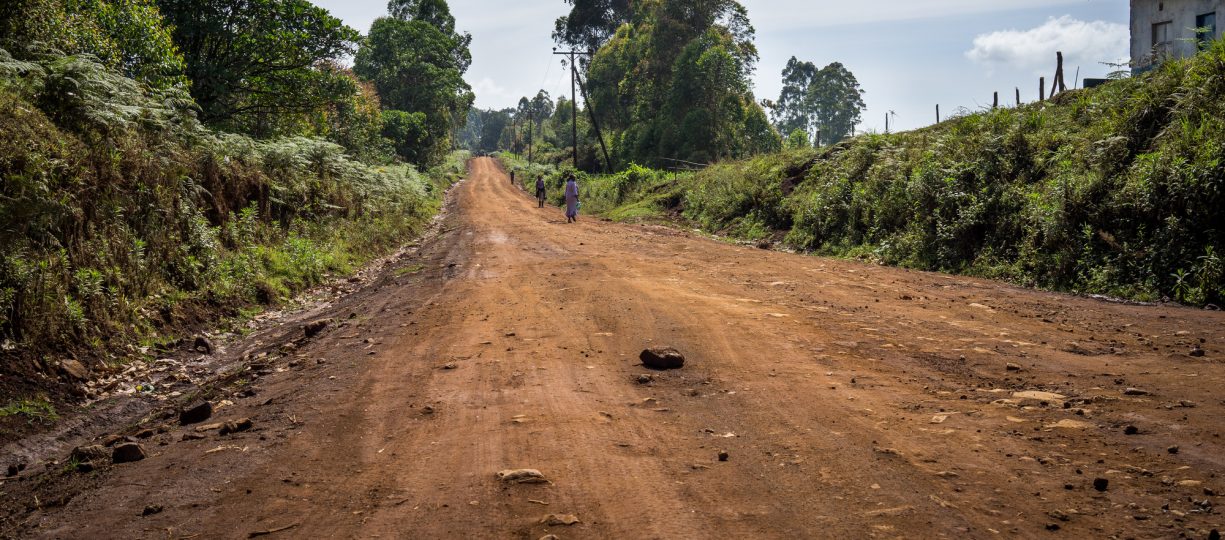
Over 20.9 million people are victims of forced labor and human trafficking and 5.5 million of those are children. Guest blogger Hannah Gould shares important information on human trafficking and how Fairtrade can be an important tool in combating it.
Imagine you are a child. You are 12 years old and you have a mother, a father, and four younger siblings. Your family was forced to leave your home after extreme violence destroyed surrounding areas, including where your father went to work and where you and your siblings attended school. Now you live in a camp made of tents and temporary shelters and your parents are struggling to provide enough food for you and your family.
One day, a man stops you on the street and asks if you’d like a job. He needs a dishwasher for his restaurant in the city, only a day’s journey away, and promises you food, a place to stay, and enough money to send back to your parents. He guarantees he’ll handle all of the paperwork and transportation.
You think of your mother and father and how hard they are working. You think of your younger brothers and sisters and how they haven’t had the energy to play since you’ve moved– their voices asking you “Do you think we’ll have food tomorrow?”
So you run home and share the offer with your parents. They are hesitant to let you go away with this stranger– but the opportunity to have extra money and one less mouth to feed may be the blessing they’ve been waiting for.
When you arrive at the restaurant, you’re told you must work to pay off the costs of your transportation, recruitment, and paperwork. In addition, every time you are late or you make a mistake, the amount you owe is doubled. You sleep on the floor in the storage closet, you work from sunrise until midnight, and you are not allowed to go outside or use the phone.
After a few months go by and you still owe more money than you’ve made, you consider running away and going back to your family. But your boss tells you he has police watching the restaurant, looking to make sure you don’t leave and, if you do, they’ll arrest you and you’ll never see your family again. So you are trapped in a never-ending cycle of debt, in a city you can’t navigate, under constant fear, with no way to communicate with your family or ask for help.
This is how millions of children are exploited in today’s modern world. This is human trafficking.
Human trafficking, often compared to modern-day slavery, systematically exploits men, women, and children by forcing them to work unbearably long hours, under inhumane conditions, for little to no pay. It exists across continents and is facilitated through a variety of venues, but ultimately- human trafficking is an industry that profits from the exploitation of the world’s most vulnerable.
On July 30th, we recognized World Day Against Trafficking in Persons to acknowledge the fact that millions are trapped in human trafficking today. The International Labor Organization (ILO) estimates that 20.9 million people are victims of forced labor and human trafficking and 5.5 million of those are children.
Children are trafficked into situations of debt bondage in the labor sector. Children can also be trafficked into agriculture, construction, mining, retail, forced child begging, and domestic servitude (to name a few) or trafficked into the commercial sex trade to work in strip clubs, prostitution or pornography, or in illicit massage parlors.
Legally defined in 2000, child trafficking is the “recruitment, transportation, transfer, harboring or receipt of children for the purpose of exploitation.” It is closely related to, but distinct from child labor, which is defined as “work that harms the mental, physical, emotional well-being of child and/or interferes with his/her right to education and safety.” Child trafficking and child labor are intertwined. Both involve exploitation and stem from similar root causes such as extreme poverty, lack of access to education and job opportunities, mass displacement, harmful social norms, and mass conflict. You cannot end child trafficking without addressing child labor, and vice versa.
How Fairtrade can help
So how does Fairtrade help reduce child trafficking? Below are six ways Fairtrade works to protect children from exploitation:
- Small-scale farmers and workers who receive fairer pay can better provide for their families, send their children to school, and avoid the intergenerational cycles of poverty that push children into situations of exploitation and trafficking.
- The Fairtrade Premium, paid in addition to the purchase price of products at the farmer level, help producers to bolster their communities against poverty. Premiums are invested into education, healthcare, business development and other important services that can allow families and children to have expanded access to important programs and services.
- Fairtrade’s internationally-agreed Fairtrade Standards help farmers and workers tackle poverty on their own terms in some of the poorest countries in the world. The standards encourage long-term relationships and fairer contracts for farmers, and require employers to protect the basic rights of the people they employ by upholding decent working conditions, allowing collective bargaining and freedom of association, paying wages that move towards country-specific living wage benchmarks, preventing discrimination. The Fairtrade Standards also prohibit child labor.
- Qualified auditors inspect Fairtrade producers on a regular basis and pay special attention to certain areas and products where child labor is a risk. In addition, Depending on the findings, Fairtrade suspends or de-certifies the producer organization where these worst forms of labor (e.g. child trafficking) are found until protective and corrective measures are put in place.
- If child labor is detected, Fairtrade takes immediate action to address it and to protect the children involved in accordance with Fairtrade’s Child Labor and Forced Labor Guidelines. Fairtrade producer organizations must build partnerships with local civil society organizations and child rights organizations to remediate situations of abuse or exploitation and ensure children do not become revictimized.
- Fairtrade works with communities to set up Youth Inclusive Community Based Monitoring and Remediation (YICBMR) programs to help people take charge of issues around child labor. Children, young people and adults are at the heart of the program and identify potential and/or actual risks of children’s wellbeing and make recommendations on how to respond. The YICBMR program has been piloted in 12 countries over the last three years.
How you can help
These are only six examples of the many ways Fairtrade works to end human trafficking. But the greatest way Fairtrade can make an impact is through consumers like you. Consumers yield a unique power to shape the way farmers and workers are treated and reduce exploitation around the world. Like any industry, human trafficking operates out of the basic principles of supply and demand. So when consumers demand ethically-made products, free of exploitation and child labor, companies will listen. Fairtrade offers consumers a simple way to help reduce poverty, protect children, and prevent trafficking. If you’d like to learn more about human trafficking and take action to protect children, follow these steps below:
- Go to SlaveryFootprint.org to learn your connection to modern-day slavery and write to your favorite brands to ask them for stronger policies against child and forced labor!
- Host a fair trade lunch, dinner, or coffee hour to raise awareness about human trafficking. Educate and mobilize your own communities on the connection between labor trafficking and fair trade. Download the End Trafficking project’s “Fair Trade Event Kit” for discussion questions, resources, and activities.
Writer’s Bio:
Hannah Gould currently works at the U.S. Fund for UNICEF on the End Trafficking project where she works to educate communities on the issue of child trafficking as it occurs both globally and locally. She engages student, faith-based, and community groups across the country to mobilize them to take action against trafficking and exploitation. In her local community, she leads the Children and Youth Task Force for the NGO Committee to Stop Trafficking in Persons and serves as an active member in the New York State Anti-Trafficking Coalition. Hannah received a Bachelor of Arts in Psychology from Washington University in St. Louis in May of 2015 and she currently resides in Astoria, Queens.
Topics
We’re in this together
Fairtrade America partners with brands on the journey to certification and beyond. We can help with everything from finding a certified supply chain to marketing your newly certified product.
Get in Touch


